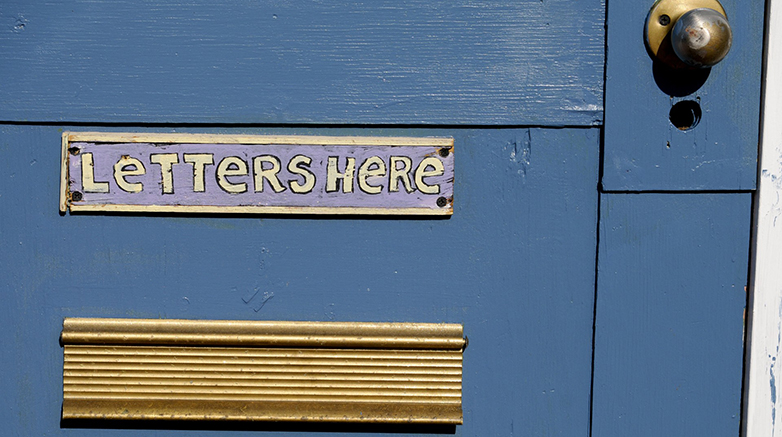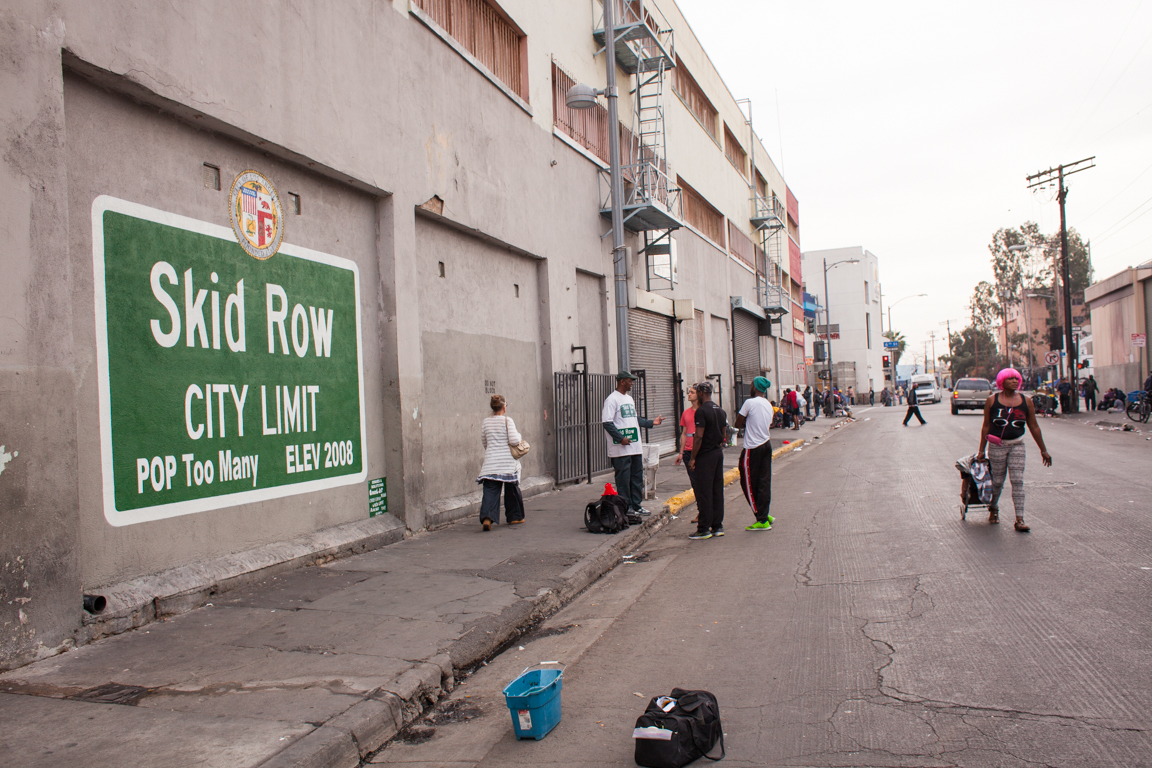Fourth in a series
By Jerry Green
Re “Lack of Annual Trimming Program Is at Base of Ficus Tree Crisis”
[Editor’s Note: As Carlson Park Coalition leader Jerry Green continues to critique City Hall’s perceived low-priority attention to problem-causing ficus trees, we present the latest installment of Mr. Green’s address to the City Council at the Nov. 10 meeting.]
Here are random notes on the subject of ficus trees:
Aesthetics:
These trees are not aesthetically proportionate to their surroundings, viz. the homes in the Carlson Park neighborhood. The trees overwhelm the houses. They look out of place.
A single family one-story home is not more than 30 feet tall. However a mature ficus benjamina is known to grow up to 98 feet (30 meters), or more than three times the height of a home. “The United States Forest Service states that roots grow rapidly invading gardens, growing under and lifting sidewalks, patios, and driveways.[5] They conclude its use in tree form is much too large for residential planting.”
http://en.wikipedia.org/wiki/Ficus_benjamina
These trees are still growing:
These trees have not yet reached their maximum height. Thus their roots have not stopped growing, either. John Voght’s home is two homes away from the closest tree. Several months ago he started finding roots in his sewer again.
Value of home is lowered:
The foreman of the tree-trimming contractors acknowledged that the destructive nature of these trees diminishes the value of a home. Several realtors contacted concur. As a result, the known destructive features of this tree must be disclosed during the sale process or you can be sued for fraud. It will have a negative impact on the sale price.
Destructive features:
Roots invade lateral sewer lines.
Root invade sprinkler lines.
Roots damage driveways.
Roots damage foundations of houses, causing cracks in stucco
Roots damage sidewalks
Lawn can’t grow:
In summer, the leaves fall by the thousands, not allowing a lawn to grow.
The large canopy of the tree blocks sunlight onto the lawn, not allowing a lawn to grow.
In winter, berries are shed, not allowing a lawn to grow.
Impossible to comply with drought restrictions:
A desert motif landscape cannot be installed because the leaves and berries of the tree would overwhelm and cover the gravel, sand or stone landscape.
Cost of replacing trees is cheapest solution:
Removing the trees and replacing them with alternate species like an oak, would be much cheaper than the ongoing periodic trimming done by the city. Add in the homeowners’ costs for maintenance caused by tree-related damage and it is quite clear that starting over with appropriate trees is the best solution.
Even if you have replaced your sewer, you’ll have to do it again:
Roots will grow into any joint and sleeve of a sewer line, even if it’s a new sewer line. Just because it once has been replaced, it will be damaged in the future by these very aggressive roots that will go through clay pipes and PVC pipes. Nothing can stop it. It will happen again and again.
Trees overhanging roofs will damage the home:
Tree branches are overhanging roofs. A storm, heavy wind or rain will topple trees and they will fall onto houses.
Roof gutters are clogged with leaves:
Gutters are designed for rain water, not leaves. The trees are filling up the gutters with leaves, prematurely damaging the gutters.
Street lamp illumination.
Another reason why the existing ficus trees are a negative:
Due to the much delayed city schedule for trimming trees, street lamp illumination is hidden by tree limbs and leaves most of the time. The city won’t trim the trees on an annual basis. The city’s lack of a timely maintenance schedule subjects residents and visitors at night to darkened streets, increasing risks for accidents and crime.
(To be continued)







